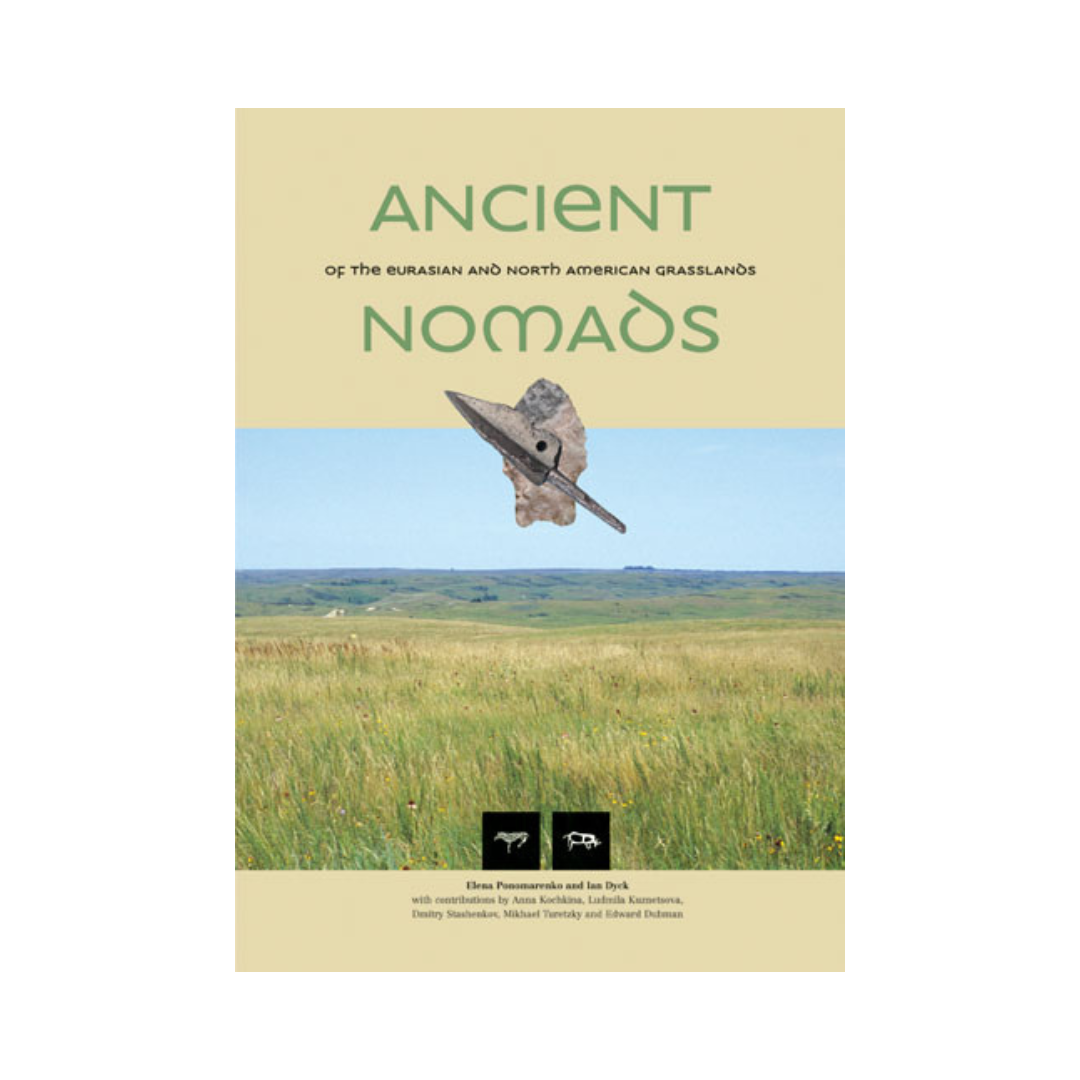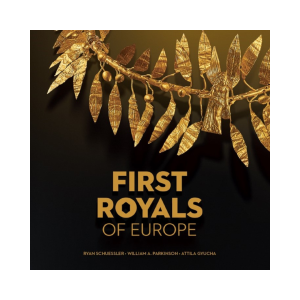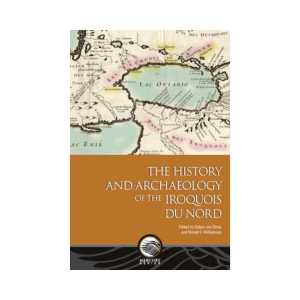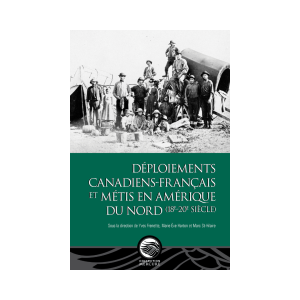- Sorry, this product cannot be purchased.
Ancient Nomads of the Eurasian and North American Grasslands
Original price was: $34.95.$17.48Current price is: $17.48.
By Elena Ponomarenko and Ian Dyck
Nomadic lifestyles dependent on herd animals developed independently on the grasslands of Eurasia and North America about 5,000 years ago. The landscapes that these peoples occupied were generally similar, but the basis of their nomadism was quite different.
Ancient Nomads of the Eurasian and North American Grasslands
By Elena Ponomarenko and Ian Dyck
February 2009, ISBN 978-0-660-19771-5
168 pp., 152 illustrations, 21 x 29 cm, paperback
Nomadic lifestyles dependent on herd animals developed independently on the grasslands of Eurasia and North America about 5,000 years ago. The landscapes that these peoples occupied were generally similar, but the basis of their nomadism was quite different. Eurasian steppe nomads relied on domestic sheep, goats, cattle and horses for their subsistence and on horses, cattle and, to a limited extent, camels for their travel. North American prairie nomads relied on wild bison for subsistence and on themselves and dogs for travel.
In comparing the two lifestyles, this study shows that certain features, such as the use of circular portable dwellings, seasonal rhythms of movement and minimalist material cultures, were quite similar; but other features, such as the use of metals, access to urban civilizations, the nature and scale of warfare and overall population sizes, were very different. Yet both kinds of nomadism dominated their respective landscapes until being supplanted by European or EuroAmerican expansionism between about 150 and 300 years ago.





